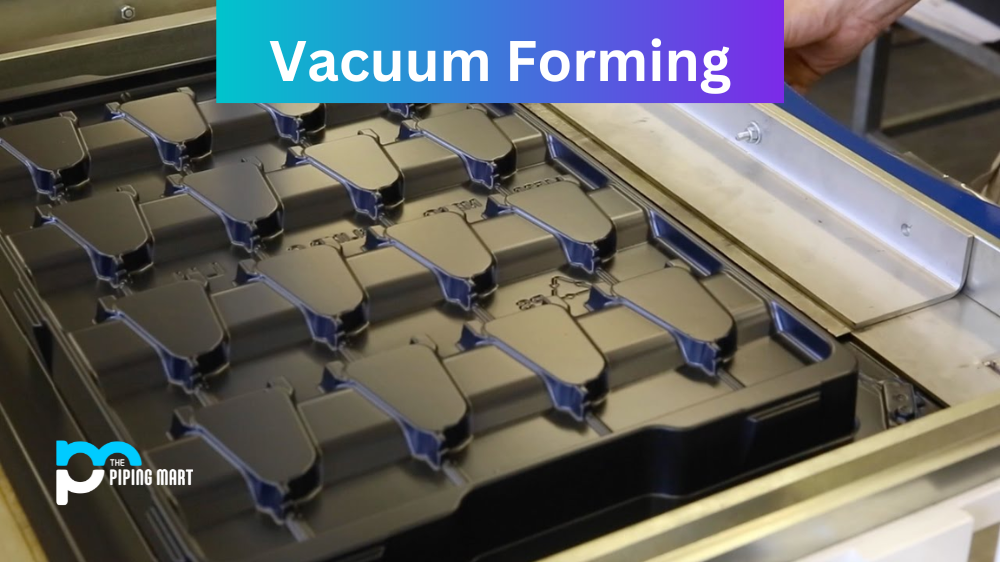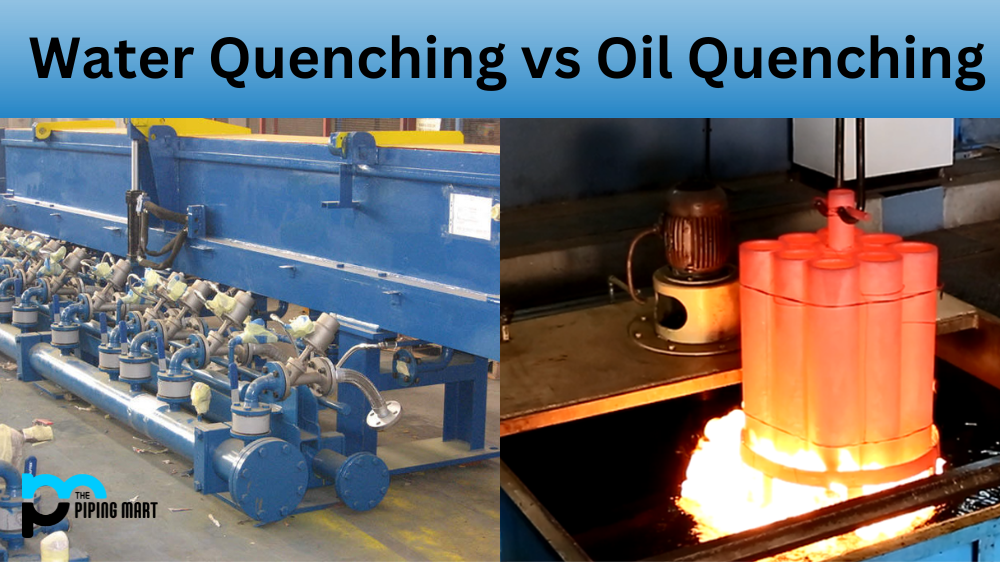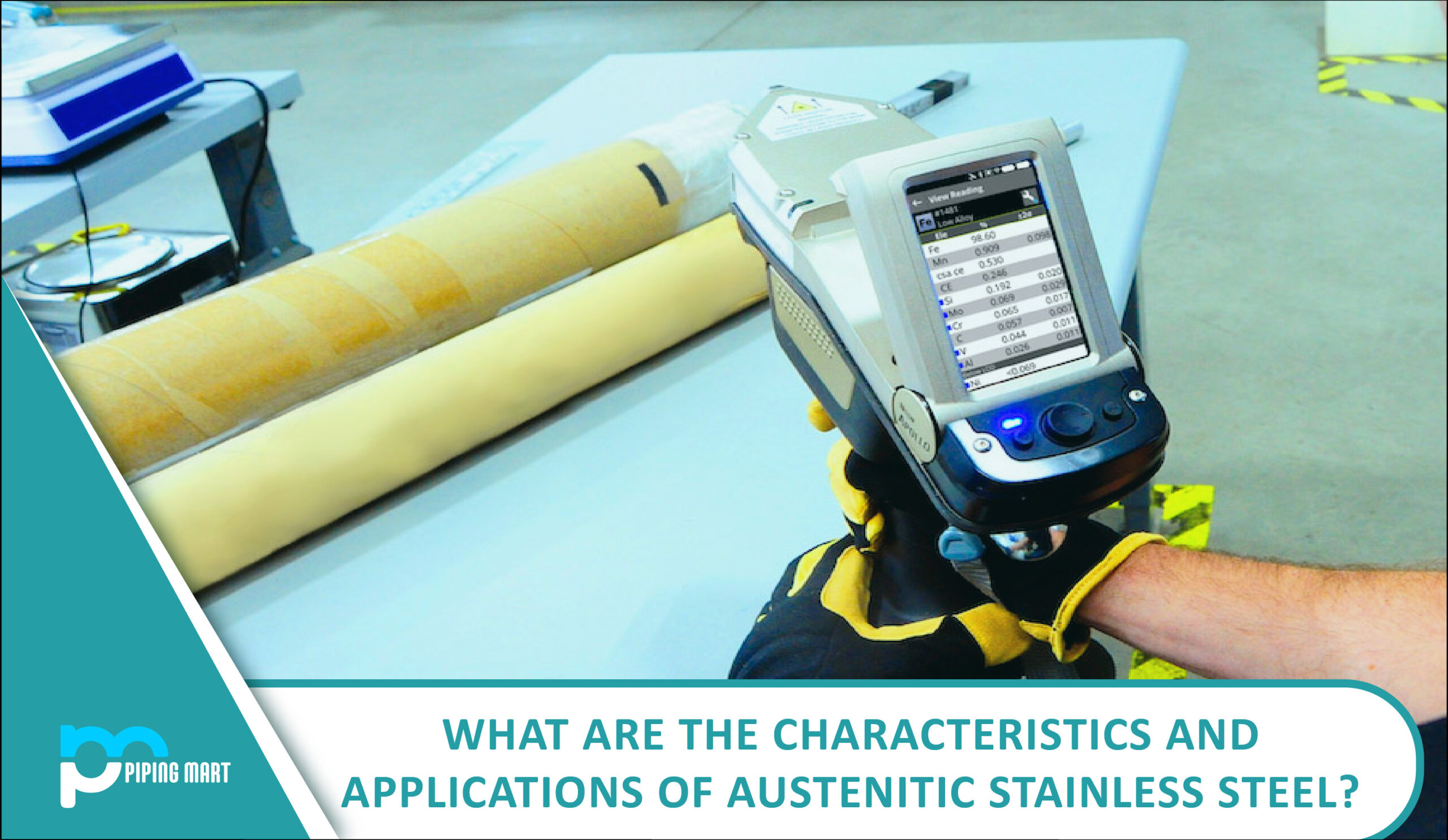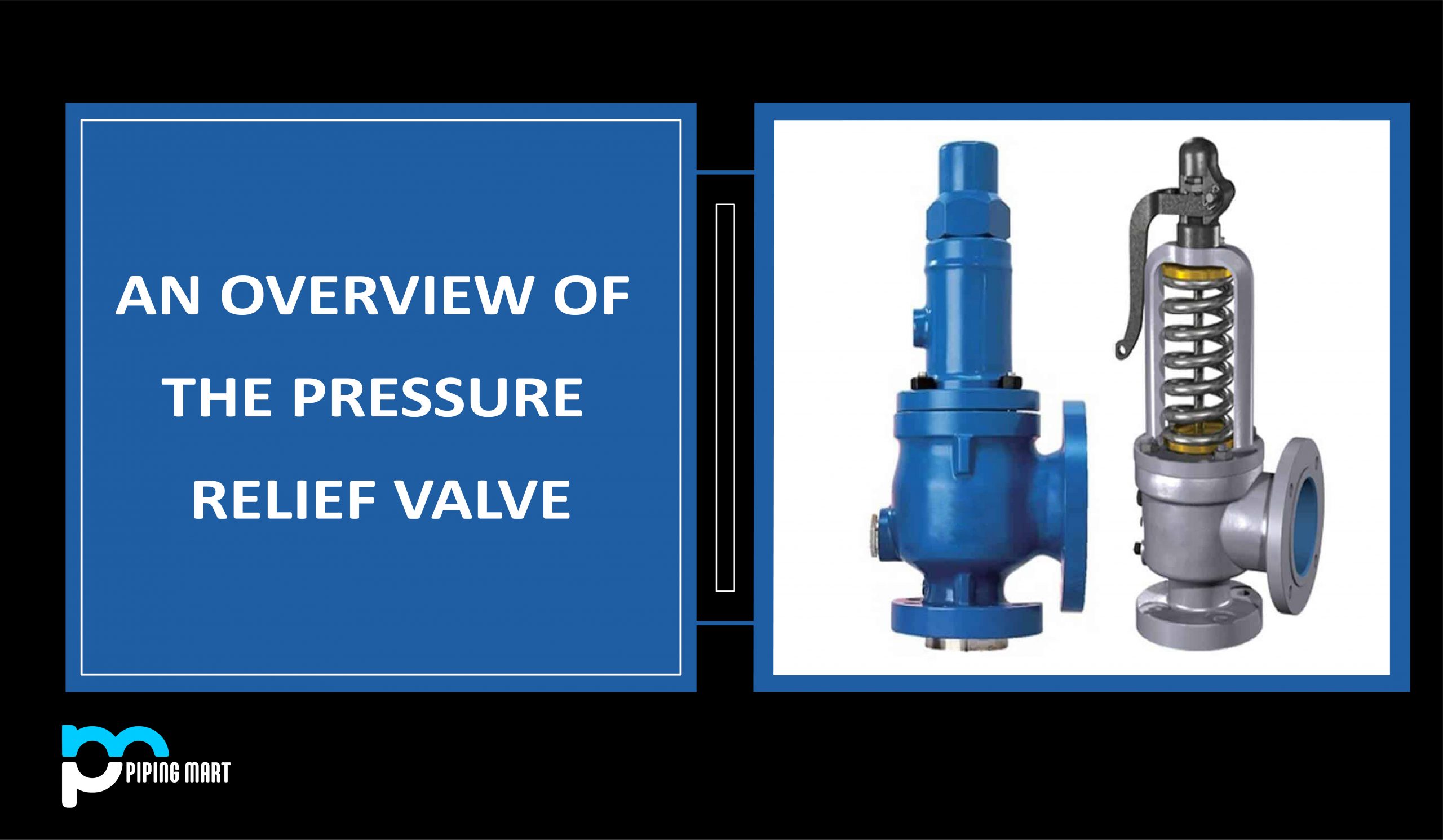Vacuum forming is an incredibly versatile manufacturing technique that has been used for decades in a variety of industries. From plastic packaging and car parts to medical supplies and toys, vacuum forming can be used to create almost any shape or size of product. Let’s take a closer look at what vacuum forming is, the uses it has, and the process involved.
What is Vacuum Forming?
Vacuum forming is a manufacturing process that involves heating a thermoplastic sheet and then applying a vacuum in order to draw it into the shape of an open mould. It is commonly used for making plastic products and parts, from simple shapes like cups and boxes to complex shapes with intricate details like aircraft components.
Vacuum Forming Uses
Vacuum forming is used in many industries due to its versatility and cost-effectiveness. Common applications include packaging, automotive parts, medical equipment, toys, electronic devices, point-of-sale displays and signage. The process can also be used to produce prototypes quickly before full production runs are made using other processes, such as injection moulding or blow moulding.
Vacuum Forming Process
The vacuum-forming process starts with heating up a sheet of thermoplastic material until it reaches its softening point (usually between 150°C – 250°C). The sheet is then lowered onto an open mould which can be made from metal or wood, depending on the application, before being clamped firmly in place. A vacuum is applied, which draws the heated material into the shape of the mould before cooling off quickly as it hardens in position. Finally, any excess material around the edges will be trimmed off, leaving behind the completed part or product ready for use or further assembly if required.
Conclusion:
Vacuum forming offers manufacturers an efficient way to produce parts from thermoplastic materials quickly while keeping costs low compared with other processes like injection moulding. With its versatility and wide range of uses across multiple industries, it’s easy to see why this manufacturing method has been so popular for so many years! Whether you need large-volume production runs or just one-off prototype parts created quickly – vacuum forming might just be what you’re looking for!

A passionate metal industry expert and blogger. With over 5 years of experience in the field, Palak brings a wealth of knowledge and insight to her writing. Whether discussing the latest trends in the metal industry or sharing tips, she is dedicated to helping others succeed in the metal industry.




